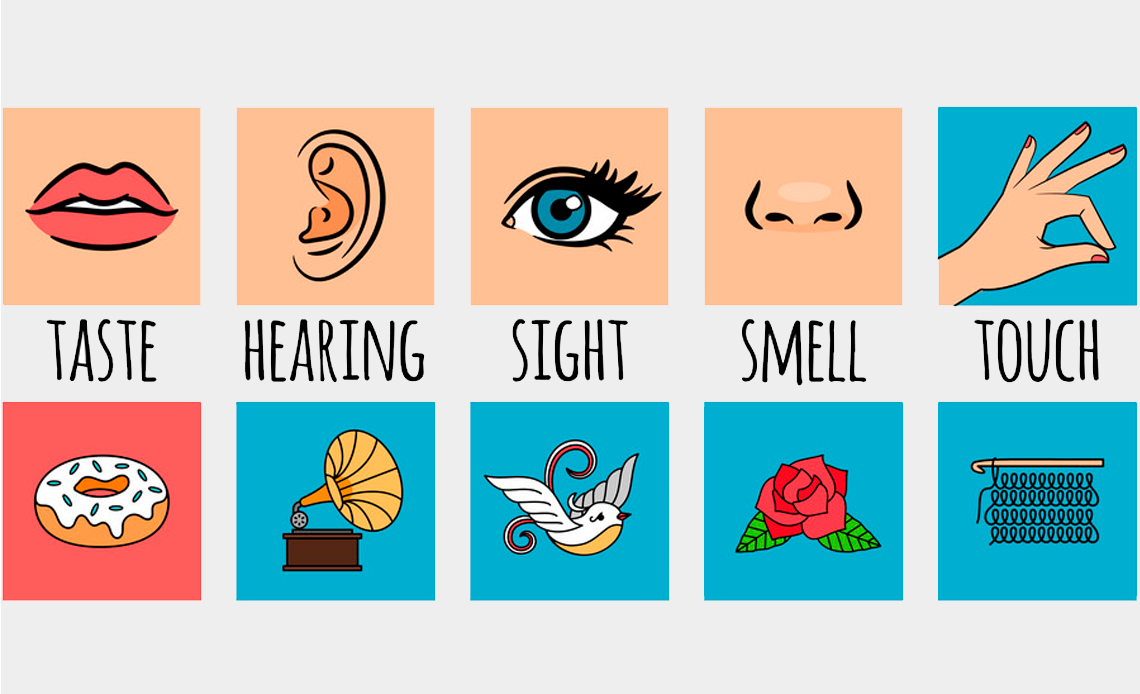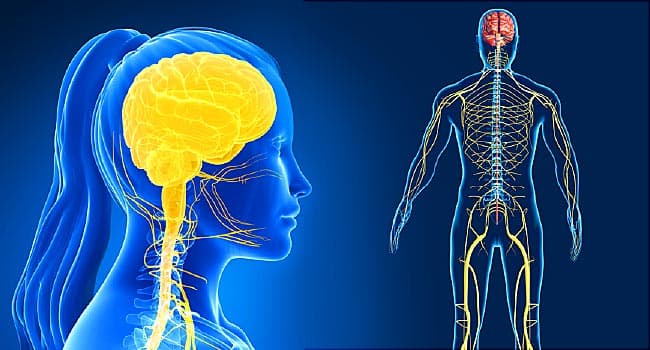Have you ever touched a hot pan on the stove or felt the warmth of the sun on your face? These are examples of heat. Heat is a type of energy that makes things feel warm or hot. Heat travels from objects or substances that are hot to objects or substances that are cold.
Heat affects different objects and substances in different ways. For example, if you touch a hot pan, you will feel the heat transfer to your hand. This is because heat travels from the hot pan to your hand, which is cooler. The heat makes your hand feel warm.
Heat can also affect the way that objects and substances look and behave. For example, if you heat up metal, it will become softer and more pliable. This is because the heat is causing the molecules in the metal to move around and become more active.
Heat can also cause objects and substances to change from one state to another. For example, if you heat up ice, it will turn into water. This is because the heat is causing the molecules in the ice to move around and become more active. The heat is breaking the bonds between the molecules, and the ice turns into water.
Heat can also cause substances to evaporate. Evaporation is when a liquid turns into a gas. For example, when you put water on a hot surface, the heat causes the water to evaporate into steam.
In conclusion, heat is a type of energy that makes things feel warm or hot. Heat travels from objects or substances that are hot to objects or substances that are cold. Heat affects different objects and substances in different ways, such as causing them to change states, become softer, or evaporate. Understanding how heat affects objects and substances is important for many things, such as cooking, heating our homes, and keeping our bodies warm.






